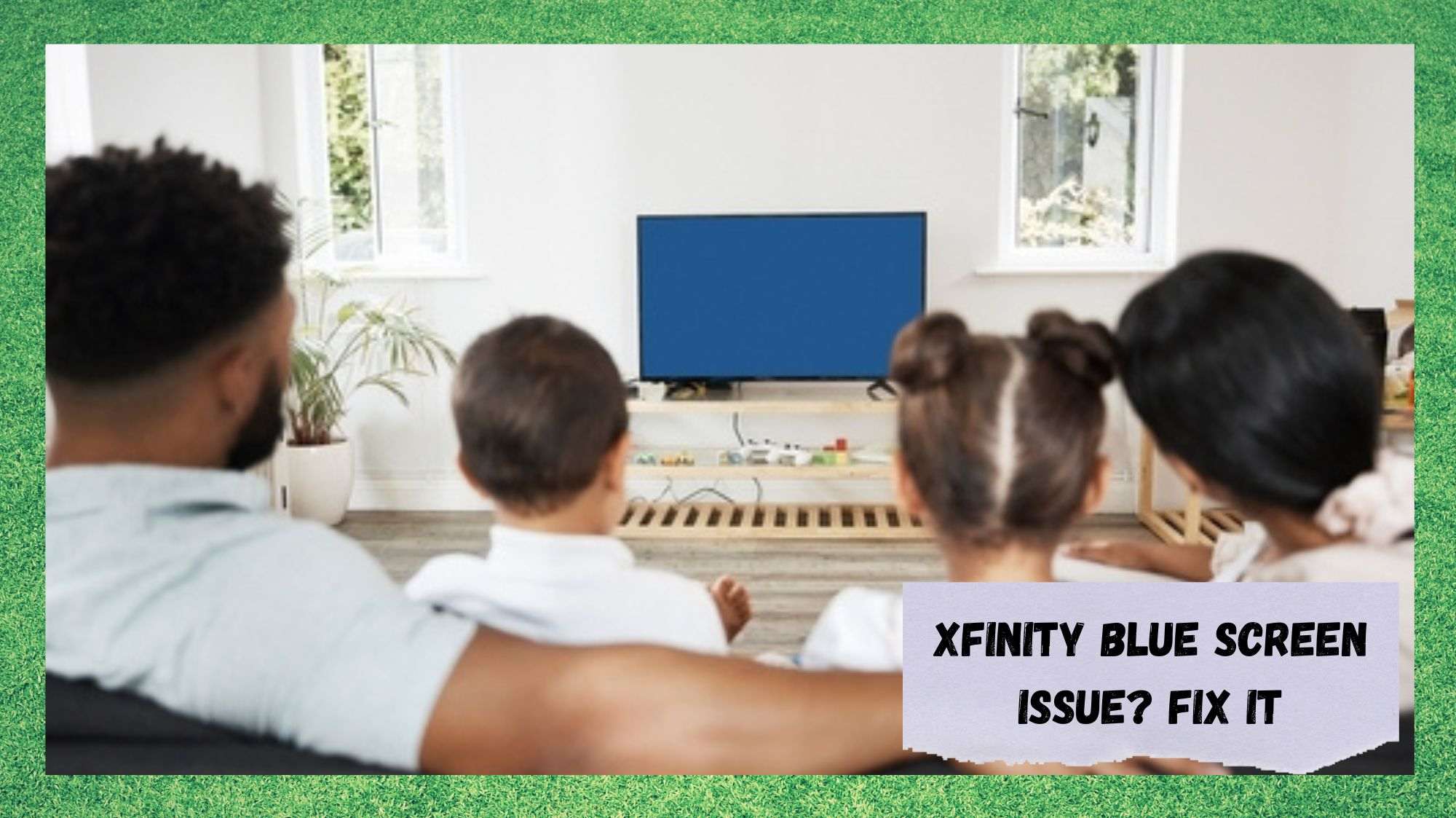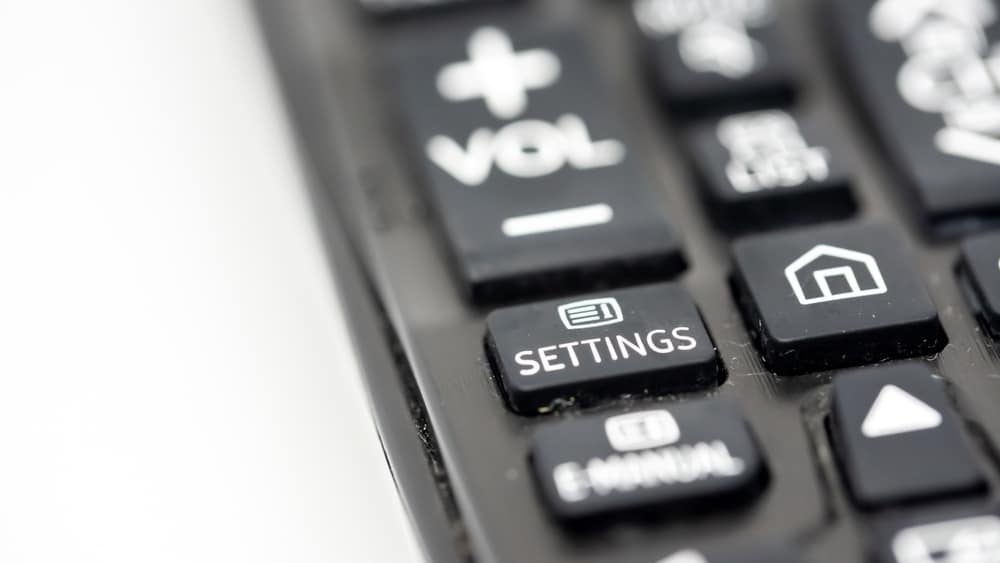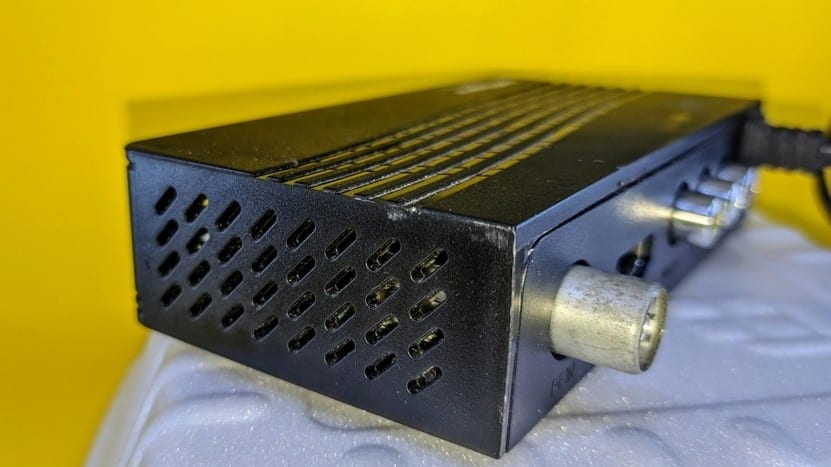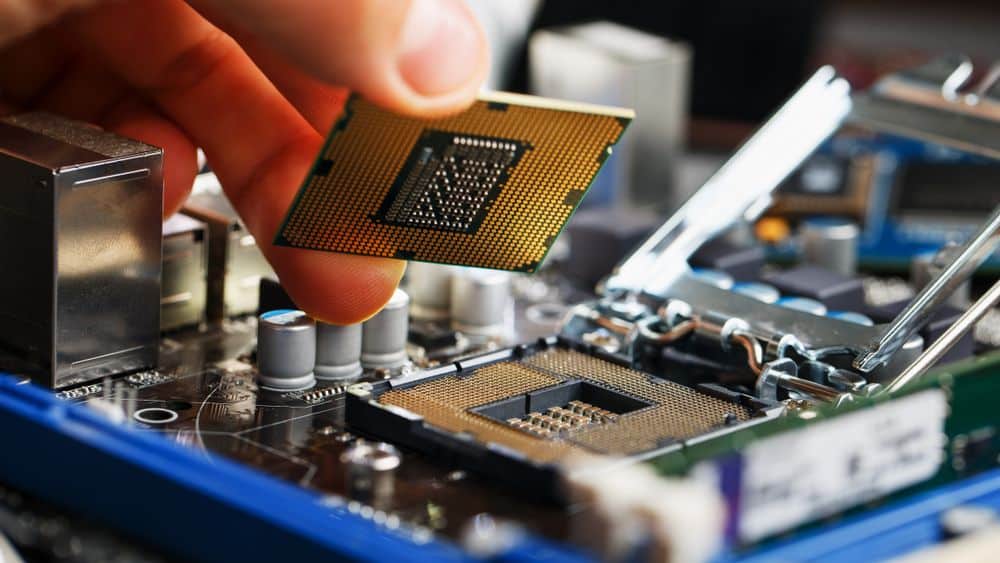
One of the top Live TV and Streaming services in the market today, Xfinity delivers outstanding audio and video quality to its subscribers everywhere in the U.S.
With the Live TV feature lining up a vast range of channels and the streaming service counting on platforms such as Netflix, Apple TV+, Prime Video, Peacock, Disney+, and more, users get endless hours of entertainment. Pricewise, Xfinity is also one of the most affordable options in the competition.
Fancy that! With exquisite features such as the voice remote control and a set-top box that has an in-built DVR recorder with tons of space for recordings, Xfinity seems to be taking over the market one step at a time. However, even with all its pros, Xfinity is still prone to suffering signal interruptions and whatnot.
Whether with the signal transmission, cable condition, or even due to a weak internet connection, subscribers of satellite TV services, every now and then, will experience problems with the service.
As some subscribers have been recently complaining about, there is an error that causes the TV screen to go completely blue and the audio to entirely disappear. According to the complaints, the problem occurs randomly and doesn’t necessarily have anything to do with the internet connection.
Since the problem has been mentioned to occur when subscribers were enjoying the Live TV features and not the streaming or DVR functions, the internet connection relation was ruled out.
If you are also experiencing the blue screen problem with your Xfinity TV service, stay with us. We brought you today a list of easy solutions that should help you get rid of the problem once and for all.
Reasons Why You Are Facing Xfinity Blue Screen Issue
According to Xfinity representatives, the blue screen problem can happen for a series of reasons, but it has been more largely associated with signal issues. That is to say, a problem in the signal path from Xfinity’s servers to the set-top box in your living room is what is probably to blame.
It goes without saying that, even though there is a slight possibility that the cause of the error lies with the provider, the odds the problem is caused by something wrong on the users’ side are much higher. That is because Xfinity runs maintenance and keeps track of its equipment at all times.
The same cannot be said for most users, all said. Any way you cut it, most of the time, the reason why the TV screen turns blue is that users’ equipment is not in a good state or even due to configuration changes they may carry out.
That being the case, here are a few tricks for you to try if you want to get the problem gone for good.
1. Check The Coaxial Cable
The coaxial cable is the one that brings the signal from the box that is installed on a light post nearby your place to the set-top box that is in your home or office. Being the first component that comes into your house or office, this is where you should start to look for the cause of the problem.
Just like any other kind of cable, frays, bends, or any sort of damage may already be enough to cause the component to malfunction. So, inspect the cable throughout its length for any signs of harm and, if you find any, make sure to get a replacement.
Attempting to repair cables usually results in disappointment as they rarely deliver the same level of performance afterward and the lifespan is reduced. Also, cables are usually cheap, so it probably won’t cost you much to get a replacement.
What may cost you some time, however, is the installation part as the outside box may be locked for security reasons and you may need to schedule a technical visit from one of Xfinity’s representatives.
Another important aspect to consider is the proximity of the coaxial cable to other signal cables. As it goes, these other cables can cause noise and disturb the signal transmission through the coaxial cable, so make sure to keep them separated at all times.
Lastly, cables only work as well as their connectors’ condition, so inspect the connections to ensure you are getting the best out of this simple but essential component.
2. Check The HDMI Cable
Once the signal reaches the set-top box through the coaxial cable, it still has to get to the TV set in order to transmit the image and audio. As new cable technologies arose, HDMI cables became the most fruitful option for cable TV services.
Their enhanced audio and video quality delivers a better experience for whatever kind of resolution. On the other hand, component cables may hinder the quality of the transmission and they are not even that distant in price, so getting an HDMI cable is definitely the best idea.
Just like with the coaxial cable, inspecting the HDMI for signs of damage, bends or frays should save you the time and money of looking for the cause of the blue screen problem in more elaborate aspects.
Damaged HDMI cables will most definitely cause disruptions in the transmission and end up leading to the blue screen problem, so make sure they are in perfect condition at all times. Also, inspect the connectors and make sure they are firmly attached to the correct port on the TV set.
3. Check The TV Settings
Older TV sets may not have the same specifications as the new ones. That means some features or configuration aspects may not be present. This doesn’t mean you cannot use your older TV set to enjoy the outstanding quality of entertainment a TV service such as Xfinity can deliver.
What may happen, however, is that some of the features don’t work as they would in more modern TV that has higher audio and video resolutions.
The best thing you can do, in case buying a new TV is out of your budget plans, is to ensure you are using your Xfinity TV service with the best possible frequency for your device. The frequency can usually be changed through the TV’s main settings, so get to it and find the perfect one.
Bear in mind that such changes are normally only made effective after the device is restarted. So, make sure to give it a reboot after finding and tuning the TV to the perfect frequency for your Xfinity TV service.
4. Tweak The Set-Top Box Settings
Similar to the TV settings, having the Xfinity set-top box properly configured and set up may save you the trouble of facing the blue screen error. This may be a more difficult task for users who are not used to configuring these kinds of devices, but it isn’t impossible.
Refer to the user’s manual, look for online tutorials, or even contact the Xfinity customer support department to get some extra help. No matter how you do it, it is mandatory to have the set-top box properly configured or else the blue screen error can occur.
Another easy way, though risky since we can never tell if it will work, is to let the electronic devices meet each other halfway. That is to say, set your TV to its default settings and plug in the Xfinity set-top box. Then let the devices figure out which set of configurations should be performed.
Some TV sets are smart enough to do it on their own, while others may prompt users to carry out the changes. Any way it goes, just remember to give the set-top box a restart once the configuration procedure is done, so the changes may sink into the device’s system.
5. It May Be A Hardware Issue
Finally, if none of the solutions above works, the final thing you should do is ensure that there are no hardware-related problems.
Disregarding the fact that Xfinity runs tests on all manufactured devices, there is always the chance one of the components could suffer some kind of damage during transportation or even installation. Since these kinds of problems only show themselves afterward, it is extremely hard to notice them at first.
Nevertheless, no matter what kind of hardware problem your Xfinity set-top box encounters, whenever you need a replacement due to that reason, the company will be glad to have one sent your way in no time. Simply install the new one and get the blue screen error gone for good.






